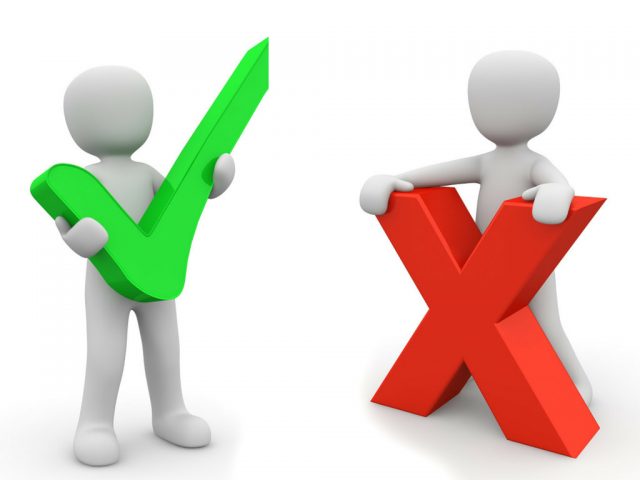For some time already, emails have been a primary form of communication both personally and professionally, but not everyone gets it right. Email is not a text message or Facebook post. Your communication and writing skills are on display when you write a letter so here are some dos and don’ts to help you make the best impression:
Dos
Do include a subject line that summarises the main idea of your email – make it clear and concise so the recipient is more likely to read it.
Do use a professional salutation e.g. ‘Hi ………’ in all but formal settings where ‘Dear …’ is more appropriate
Do proofread your message – you may be judged on how you compose an email. If your email is littered with misspelled words and grammatical errors you may be perceived as sloppy, careless or even uneducated. Check your email before hitting ‘send.’
Do reply to all emails – give a timely and polite reply to each legitimate email addressed to you. Even if you do not have an answer right now, take a second to respond letting them know you received their email.
Do keep private material confidential – it is very easy to share emails, even inadvertently. If you have to share highly personal or confidential information, do so in person or over the phone. Ask permission before posting sensitive material either in the body of the email or in an attachment.
Do include a disclaimer – it is very important to add a disclaimer to your emails which is appropriate for your company. Disclaimers tell the recipient what they can or cannot do with the emails sent from your company. This can be added to the bottom when you create your signature. Here is an example:
This email and any files transmitted with it are confidential and intended solely for the use of the individual or entity to whom they are addressed. If you have received this email in error, please notify the system manager. This message contains confidential information and is intended only for the individual named. If you are not the named addressee, you should not disseminate, distribute or copy this email. Please notify the sender immediately by email if you have received this email by mistake and delete this email from your system. If you are not the intended recipient, you are notified that disclosing, copying, distributing or taking any action in reliance on the contents of this information is strictly prohibited.
Don’ts
Don’t forget your signature that tells your recipient who you are and how to contact you. Set it up to automatically appear at the end of each email. Include your contact details so the recipient doesn’t have to look up your address, email or phone number.
Don’t use humour – humour does not translate well via email. What you think is funny may be misinterpreted by the recipient, without the accompanying vocal tone and facial expressions. When in doubt leave humour out of business communications.
Don’t assume the recipient knows what you are talking about – create your message as a stand-alone note, even if it is in response to a chain of emails. This means no ‘one-liners.’ Include the subject and any references to previous conversations.
Don’t respond without thought – never send an angry email, or give a quick, flip response. Give your message thoughtful consideration before sending it.
Don’t! overuse exclamation points! – exclamation points, emoticons, abbreviations such as LOL, and all CAPITALS do not translate well in business communications. Leave them off unless you know the recipient extremely well!!!!

